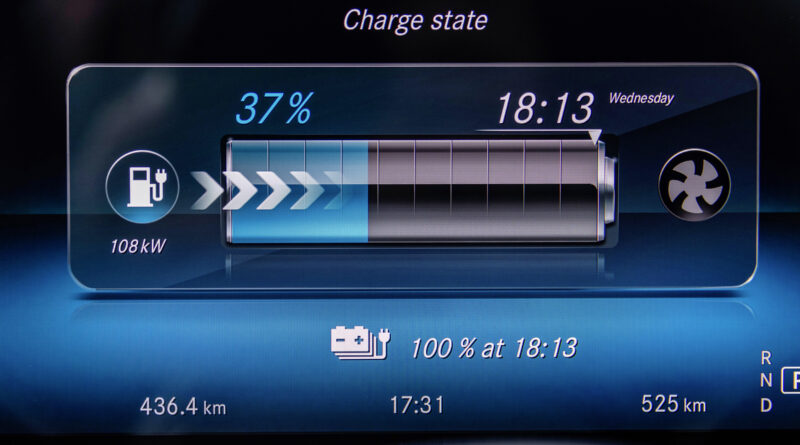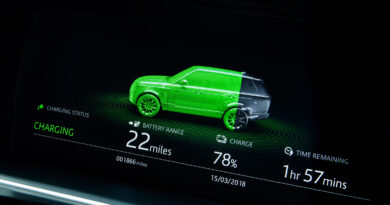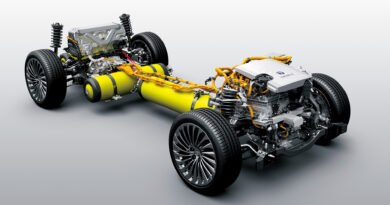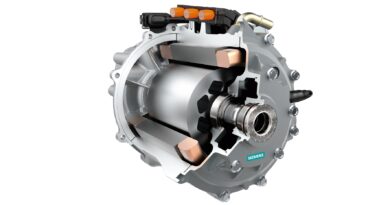Why does it cost more to charge at a fast charger?
Most EV charging in Australia is currently free, but that will change as electric cars become more affordable and prolific.
Motoring clubs such as the NRMA and RACV have already flagged that their expanding fast charging networks will eventually charge for the electricity they dispense, although members will get free or discounted charging.
Shopping centres and other public EV charging facilities, too, have charging hardware that can eventually force people to pay for the electricity.
And, as Tesla’s superchargers have already flagged, the cost of that electricity can easily be more than what you pay for it.
In the case of Tesla superchargers, in 2020 the cost per kilowatt-hour (kWh) was 42 cents. In many Australian cities it’s easy to pay 25-30c per kWh of electricity.
Overseas experience suggests many of those fast DC chargers do charge more for the electricity than what you’d pay at home.
Why?
Because DC fast chargers are not cheap. DC charging is much faster than AC charging, the type used in shopping centres and homes.
Each charging station can run well into six figures. In announcing 21 ultra-rapid charging stations for Australia – each providing between 150kW and 350kW of charge – Chargefox secured $15 million in funding.
Just as a service station factors in the infrastructure around the storage tanks, pumps, staff and other facilities involved in setting the price per litre for fuel, those supplying fast charging networks need to account for the substantial investment in setting up charging networks.
Most of those DC charging stations are also located well out of capital cities, typically chosen because they are on major routes where EVs are expected to travel. So while the land they’re on is relatively cheap, there can be additional costs for setting up and maintaining them.




